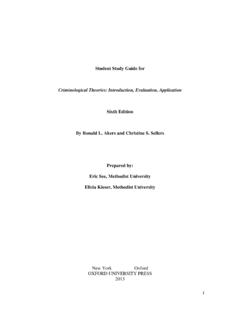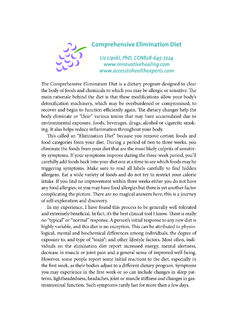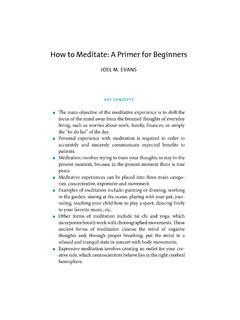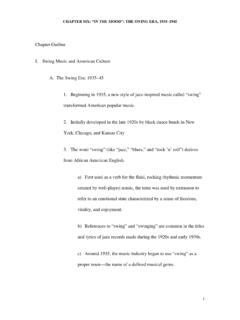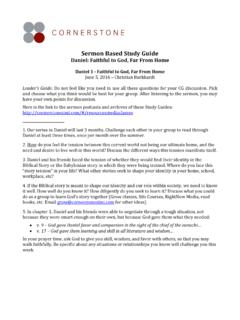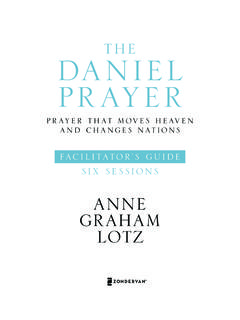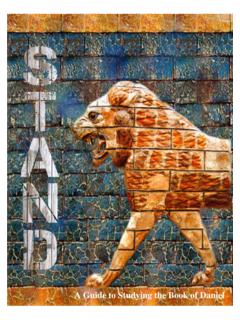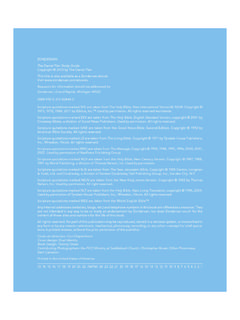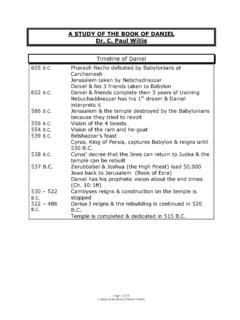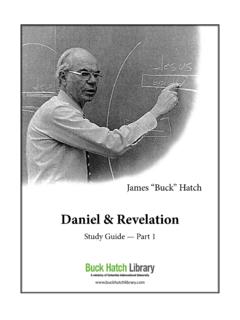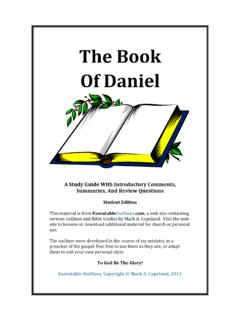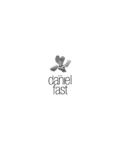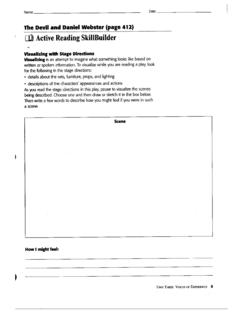Transcription of Okami Study Guide: Chapter 8 1 - Oxford University Press
1 Okami Study guide : Chapter 8 1 Chapter in Review 1. Memory may be defined as a group of mechanisms and systems that encode, store, and retrieve information. The modal model of memory describes three stages and stores in the memory process: sensory memory, short-term memory (STM), and long-term memory (LTM). 2. Sensory memory very briefly stores fleeing sensory impressions for further processing in STM and LTM. Sensory memory is divided into two categories: iconic store, which stores fleeting visual impressions; and echoic store, which stores fleeting auditory impressions. In addition to storing sensory impressions for further processing, sensory memory allows us to perceive the world as a continuous stream of events instead of a series of snapshots.
2 3. When you consciously or unconsciously decide to pay attention to specific pieces of information in sensory memory, the information is transferred into short-term memory. The duration and capacity of STM are limited. In general, information can remain in STM for no longer than 20 seconds unless maintenance rehearsal takes place, and no more than 4 single items or chunks of information can be held in STM at any one time. A chunk is any grouping of items that are strongly associated with one another. 4. Long-term memory (LTM) is theoretically limitless and relatively permanent. Information moves from STM to LTM when it is encoded in one of three ways: through sound (acoustic encoding), imagery (visual encoding), or meaning (semantic encoding).
3 Encoding in STM tends to be primarily acoustic, secondarily visual, and much less often semantic. However, encoding in LTM is most effective if it is semantic. Semantic encoding is considered a deeper level of processing. Elaborative rehearsal is generally the best way to encode information in LTM semantically. Elaborative rehearsal involves processing new information in a way that is personally meaningful and which associates the new information with other material that already exists in LTM. 5. Retrieval remembering can happen either through recognition or recollection. Recognition is much easier than recall ( , multiple choice vs. fill-in-the-blank test questions).
4 Retrieval from LTM is enhanced through retrieval cues any type of hint or association that helps one to sift through the store of long-term memories to select the appropriate one. Cues may be internal or external. One external cue is context. Context-dependent memory describes situations in which retrieval is enhanced in contexts that are similar to the one that existed when the memory was encoded. An example of an internal retrieval cue is state-dependent memory. Placing oneself in a mood or drug state that existed when the memory was encoded may help in the retrieval of the memory (although it is a mistake to Study for a test while high on alcohol and marijuana for other reasons).
5 A flashbulb memory is an internal retrieval cue consisting of vivid and detailed remembrance of one s personal circumstances at the moment of having learned of some shocking and unexpected event. Although flashbulb memories are vivid, they are not very reliable. 6. Working memory is a way of looking at what happens in short-term memory when information is manipulated or processed. Alan Baddeley s multicomponent model of working memory has been highly influential. Baddeley suggests that working memory consists of four active components that work together to coordinate the way Okami Study guide : Chapter 8 2 short-term memories are encoded and maintained in STM, transferred to LTM, and retrieved from LTM for short-term use.
6 The components are the phonologic loop, the visuospatial sketchpad, the episodic buffer, and the central executive. 7. There are two types (and two subtypes) of LTM. Explicit memories are conscious memories for personal experiences or facts about the world. There are two subtypes of explicit memory: episodic memories (memories for personal experience) and semantic memories (memories for learned facts). Implicit memory occurs when we recall something but have no awareness that we are doing so ( , while driving a car we are recalling a varied number of skills, but have no recollection of having learned any given one of them). Implicit memory is most frequently expressed as (1) procedural memory (implicit memory for skills involving motor coordination, , walking, driving, flipping a pancake); and (2) repetition priming, which refers to the way a person s performance on a task can improve without that person s awareness simply as a result of previous exposure to the task.
7 8. The idea that information can be encoded at deeper or shallower levels originated in the levels of processing framework of Fergus Craik and Robert Lockhart. Craik and Lockhart do not agree with the notion that memory consists of separate stores and stages as in the modal model. They propose instead that the more deeply an item is processed, the more likely it is to be recalled later, and they suggest that so-called short-term memory simply represents shallower levels of processing, while LTM results from deeper levels. Although this idea has been very influential in cognitive psychology overall, it lacks some of the attributes of a true explanatory theory of memory, and works best as a guide for research.
8 Moreover, there is some evidence to support the existence of separate stages and stores of memory ( , existence of the serial position curve and various neuroimaging studies). 9. Although there are many techniques available to enhance memory in test-taking situations, these techniques may or may not work well for any given person in a given context or situation. To do well studying for exams, a person needs a wide repertoire of tactics that are adaptable for many contexts. However, there are many classroom and Study habits known to reduce exam performance across the board. These include: sitting toward the back of the classroom, studying in long but infrequent sessions, studying with distractions, skipping classes, studying high on alcohol or marijuana, and mistaking reading and re-reading for studying.
9 10. Psychostimulant smart drugs ( , Aderall, Provigil) are derived from amphetamine and commonly used (among other purposes) to enhance cognitive functioning and improve intellectual performance, focus, concentration, and memory. These drugs do appear to work at least to some extent. However, they do not work for everyone, and their effects may lessen over time. Moreover, the drugs often have unpleasant side effects, and their long-term safety has not been established. Like the use of steroid drugs by athletes, the use of psychostimulants raises ethical issues. 11. Memories are constructed, not recorded. Thus, eyewitness testimony can be surprisingly unreliable.
10 Numbers of defendants convicted of crimes primarily on the basis of eyewitness testimony have been exonerated through DNA testing. Children s memories of alleged traumatic abuse can also be manipulated to a surprising degree. Because of revelations of false accusations of abuse arising from improper interview techniques, and the number of eyewitness accounts demonstrated to have been false, Okami Study guide : Chapter 8 3 many memory researchers have moved away from questions of how much information can be stored in memory (and for how long) to questions of the accuracy of memories. 12. Daniel Schachter has catalogued problems of forgetting and memory distortion in seven categories he calls the seven sins of memory.
